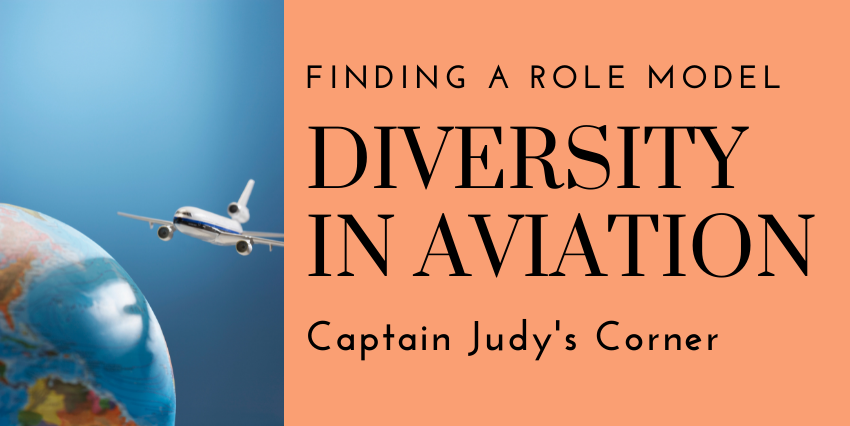Captain Judy’s Corner: Finding a Role Model
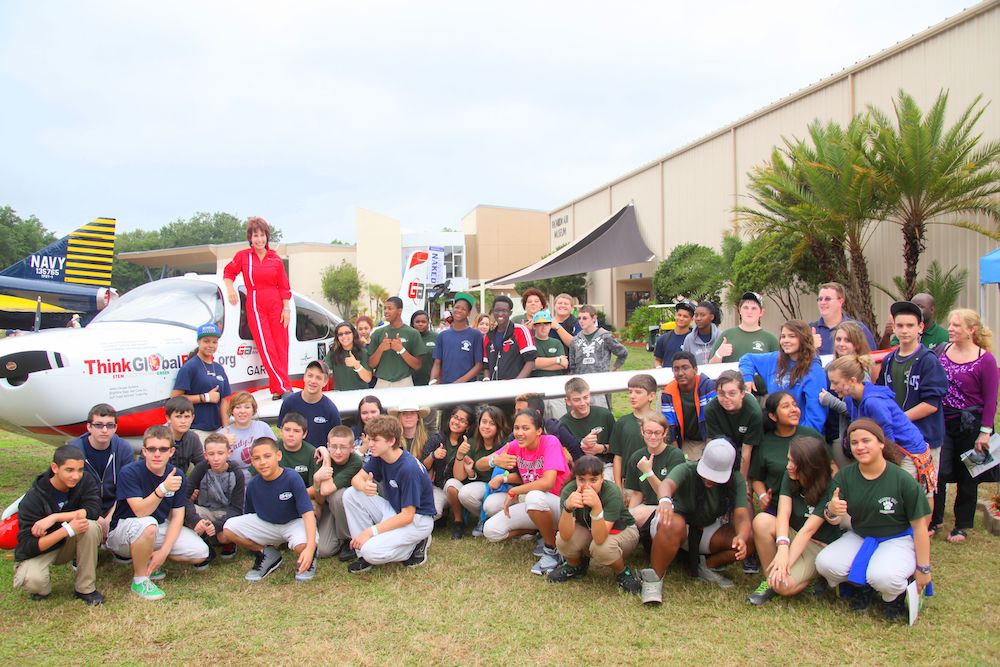
“You are a girl. Good girls do not fly.” My personal journey began with hearing these lies at a very young age. You may have heard similar words from a parent, teacher, or peer, as I had. I dreamt of flying for as long as I can remember. However, I kept my dream a secret, and self-doubt grew believing these devastating words. Your self-doubt might be growing, as well. Diversity in aviation has been a work in progress over the years.
I would sit for hours looking at airplane picture books. At that time, women were not pictured in the cockpit. I found no photos of women flyers. Then one day, I discovered a photo of a woman standing on the wings of an airplane while in flight. Her arms were spread wide while the wind blew her hair. She wore a violet flight suit and goggles. I recall vividly exclaiming to myself, “I want to do that!”
Bessie Coleman
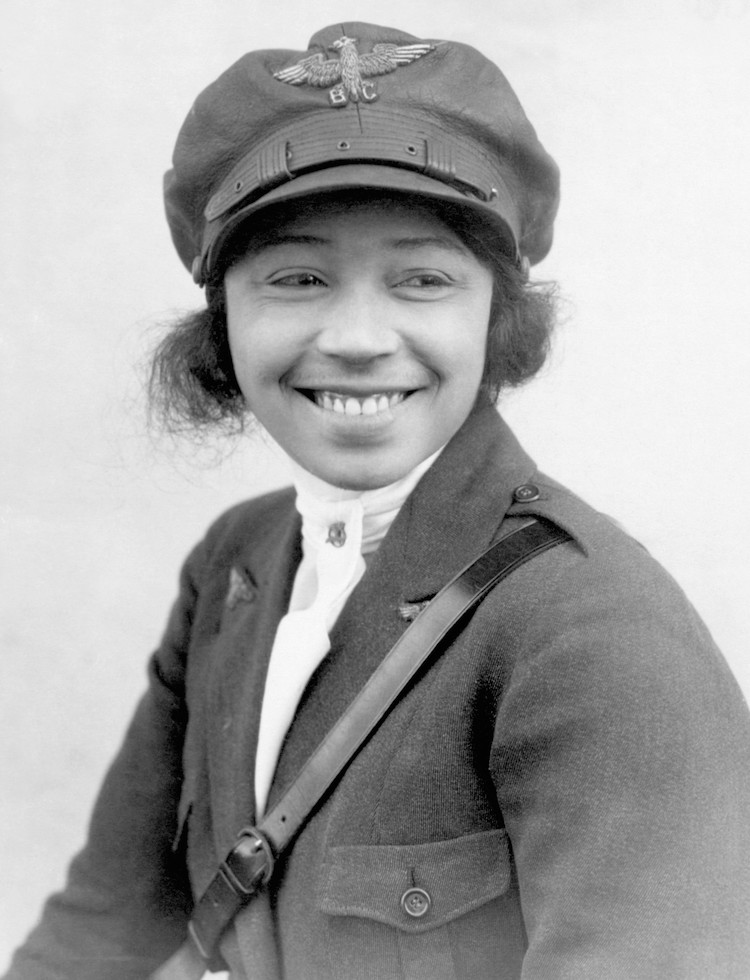
Learning to read broadened my search for women flyers. This is when I discovered my hero, Bessie Coleman. She was born in 1892, one of 12 children. To help feed the family, she picked cotton and washed laundry. While in the cotton fields, Bessie’s brother teased her. He said, “French women are allowed to learn how to fly airplanes, and you cannot.” As a result, his taunting strengthened Bessie’s desire to become a pilot.
Bessie’s mother taught her children how to read, write, and do arithmetic. At 23 years old, she was ready and applied to many flight schools across the United States. All schools returned her applications because Bessie was an African American woman. Bessie was also part Native American.
Bessie remembered that in France, women could learn to fly. She worked very hard as a manicurist, saved her money, and moved to France. On June 15, 1921, Bessie Coleman received her international pilot’s license. She became the first African American woman and the first Native American to do so. As my role model, Bessie inspired me. Her story provided determination to overcome many obstacles throughout my flying journeys.
Importance of Role Models
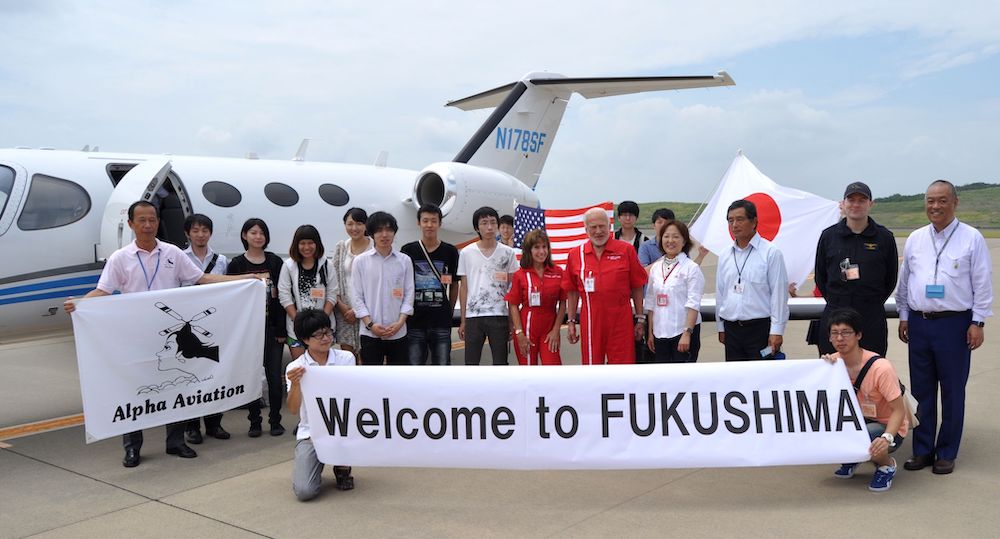
Role models influence and/or guide 81% of successful students entering non-traditional careers. Seeing females as pilots encouraged me, but I did not have an active role model. An active role model would have provided additional encouragement and direction toward reaching my flying goals.
An active role model provides guidance for overcoming obstacles, helps establish realistic goals, and shows how to become a life-long learner. Rather than becoming overwhelmed by the immense amount of study materials, students can seek encouragement from role models. Role models offer additional support, guiding you through how and what to study. Focus is critical and a learned skill beginning in the classroom. Furthermore, role model can provide helpful tips for focusing on the tasks at hand.
During training, students sometimes question themselves. Criticism can cause a lack of self-confidence. Role models will help you never give in to critics while gaining pride and belief in yourself. You will also learn to set realistic goals, yet remain flexible for any change, realizing you only shortcut yourself when shortcutting goals. Education is the path for success, and there are no failures, only learning moments that build your strength. Above all, a quote from Bessie Coleman carried me through challenging moments. “Never give up on your dreams!”
Finding a Role Model
How do you find a role model? Today’s technology makes this an easy process. A role model can be on the other side of the world or right next door.
Steps to Finding an Aviation Role Model
- Search Online
First, you can search terms online such as “aviation role models” or “aviation mentors.” You can add more specific terms, such as gender and ethnic background. This search will provide numerous organizations and individuals to choose from.
- Review Background
Second, carefully review each organization or individual for background and experience as role models or mentors. An ideal mentorship should be a good fit.
- Make a List
Third, make a list of those you find most interesting along with their contact information. Reach out to each role model on your list requesting guidance on how to begin your aviation flying career.
- Look in Your Neighborhood
Finally, visit your local airport. Pilots are often sitting in the lounge areas of local airports office area. Most pilots enjoy ‘hangar talk’ and welcoming newcomers to join. You might find a mentor in your own back yard!
I have guided more than 10,000 aspiring pilots of all ages around the globe. For example, you can view my world flight information with verified flight records and contact me with questions. Of course, Epic Flight Academy provides the perfect platform for students from around the world to meet me in person! In addition, I support the highest quality publications providing inspiration and role model examples. I am excited to have written the foreword to one of the finest publications with diverse role models and large listing of contact information. 101 Trailblazing Women of Air and Space by Dr. Penny Hamilton will impact thousands of lives regardless of diversity. This inspiring book just might include your role model!
Organizations to Support Aspiring Aviators
A few examples of numerous organizations with role models and strong youth programs are the Civil Air Patrol (CAP) and the Experimental Aircraft Association (EAA). CAP Units are located across the United States where you will meet young people with similar interests with guidance by adults. The Experimental Aircraft Association (EAA) has local Chapters around the world with adults guiding youth through the shared interest in aviation. Additionally, you can learn about other organizations supporting diverse role models, such as:
- Latino Pilots Association
- National Gay Pilots Association
- Organization of Black Aerospace Professionals
- Women in Aviation International
Focus on Diversity in Aviation
According to Women in Aviation International, only 8.4% of all pilots are women. However, 14.2% of current student pilots are women, suggesting a new trend. Further reports on demographics show the ethnicity of pilots at 88.4% White, 5.5% Hispanic and Latino, 1.8% Asian, 1.7% Black or African American, and 0.1% American Indian and Alaskan Native.
The FAA reported in 2021 that the aviation industry recognizes the many benefits for bolstering diversity percentages in the workforce. These benefits include ethical business practices and new ideas. Additionally, they include broadened perspectives for a better understanding of underserved demographics, and increased revenue for the industry.
Certainly, aviation leaders have pledged to prioritize diversity. Also, there are changes within companies at all levels from the hiring practices, management and company culture, maintenance, support teams, and pilots. These initiatives include women, people of color, and other underrepresented groups.
Globally, the International Air Transport Association (IATA) launched the 25by2025 initiative aiming to make aviation more gender-balanced. For example, they have a goal to increase the number of women in the industry by 25% by the year 2025.
Diversity in the Airlines
Airlines are also proactive. For instance, United Airlines announced its new diversity goal. It includes 5,000 new pilots by 2030, of which over half represent women and people of color. Delta Air Lines committed improvements through cofounding OneTen. OneTen consists of American corporations committed to hiring, training, and promoting one million Black Americans over the next 10 years. Also, American Airlines, Alaska Airlines, Southwest, JetBlue, and others have committed to ongoing racial inclusion.
Most importantly, role models will provide guidance for overcoming obstacles. Also, they help you establish realistic goals and learn increased focus and self-confidence. They can also help guide you through eligibility requirements and completing an effective application.
Ultimately, accomplishing your dream job is up to you. READY – SET – GO!
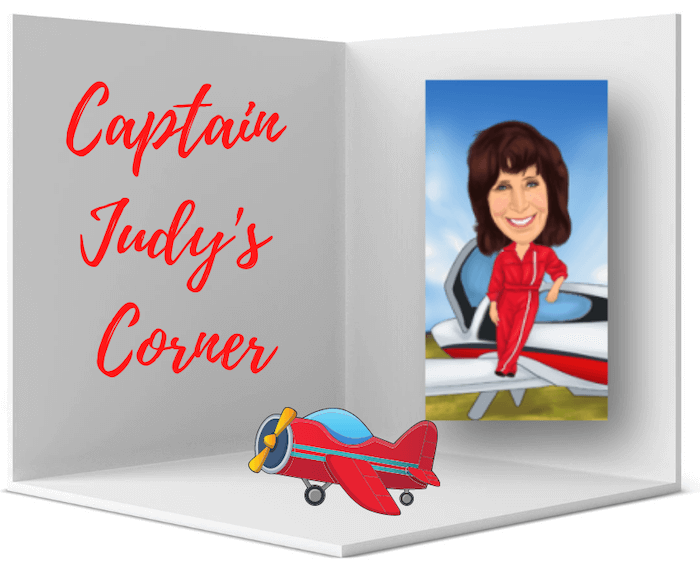
Also, you can read more articles by Captain Judy Rice!

